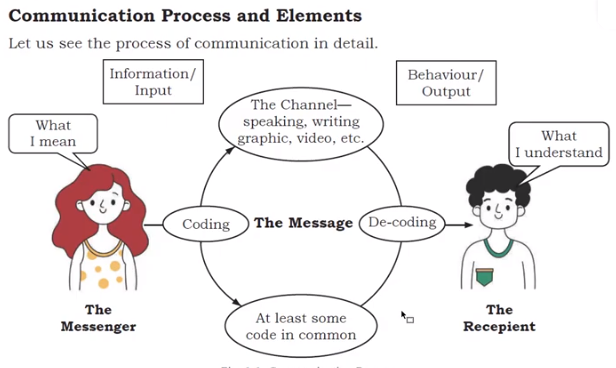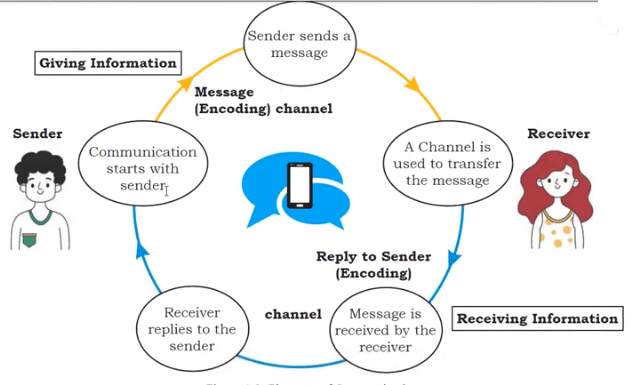What is Communication? Methods of Communication
What is Communication?
Communication is the sharing of information between two or more individuals or within the group to reach a common understanding. The word ‘communication’ comes from the Latin word commūnicāre, meaning to share.
What is the role of language in communication?
In the present time, a thorough knowledge of the language with communication skills is very important in any occupation or business. As a student, you may study any language, but you must be able to read, write, speak, and listen well to communicate properly. Speaking more than one language can help you to communicate well with people around the world. Learning English can help you to communicate with people who understand English besides the mother tongue i.e., the language one has been exposed to since birth.
Parts of Communication
Communication has three important parts:
1. Transmitting- The sender transmits the message through one medium or another.
2. Listening- The receiver listens or understands the message.
3. Feedback- The receiver conveys their understanding of the message to the sender in the form of feedback to complete the communication cycle.
Let us look at an example below in an outlet of a bookstore:
Customer (to a retail associate): Do you have the textbook Beauty Therapist, published by the National Council of Educational Research and Training?
Salesperson: Let me check.
In the above conversation, the information is being transmitted orally by the customer. The salesperson is the listener in this case. The discussion about the book is the message.
Salesperson: Yes, we have the textbook Beauty Therapist.
Customer: Please give me one copy of the textbook. I want to purchase it.
In the above conversation, the receiver's response (i.e., the salesperson) is the feedback. This is an example of communication between the customer and the salesperson.
The process of conveying a message is complete only when the person receiving it has understood the message in its entirety. In this case, the customer understood that the book store has the textbook and they can get a copy of the same.


The various elements of the communication cycle are:
Sender: The person beginning the communication.
Message: The information that the sender wants to convey.
Channel: How the information is sent.
Receiver: The person to whom the message is sent.
Feedback: The receiver's acknowledgment and response to the message.
We are constantly using some form of communication or another to send a message across. Without the different methods of communication available today, it would be challenging to carry out business as proficiently as it is done today and with the same swiftness.
METHODS OF COMMUNICATION
Some common methods of communication are given below.
1. Face-to-face Informal Communication
There is nothing better than face-to-face communication. It helps the message to be understood clearly and quickly. Also, since body language can be seen in this case; it adds to the effectiveness of the communication.
2. e-mail
e-mail can be used to communicate quickly with one or many individuals in various locations. It offers flexibility. convenience and low-cost.
3. Notices/Posters
It is effective when the same message has to go out to a large group of people. Generally used for where email communication may not be effective. For example, 'Change in the lunchtime for the factory worker,' or 'XYZ Clothing.
4. Other Methods
There can be various other methods like social networks, messages, phone calls for communication, newsletter, blog, etc.
Choosing the right method of communication depends on
- Target audience
- Costs
- Kind/type of information
- Urgency/priority
The methods of communication you choose could affect your relationship with peers, supervisors, and customers.
It is, therefore, vital that you spend considerable time and consider all factors choosing the right methods to aid you in your tasks.
Communication skills are needed to communicate effectively with people and customers. This module aims to help you improve your communication skills. Clear and concise communication is of immense importance in the work and business environment as there are several parties involved. Various stakeholders, like, customers, employees, vendors, media, etc., are always sending important information to each other.
